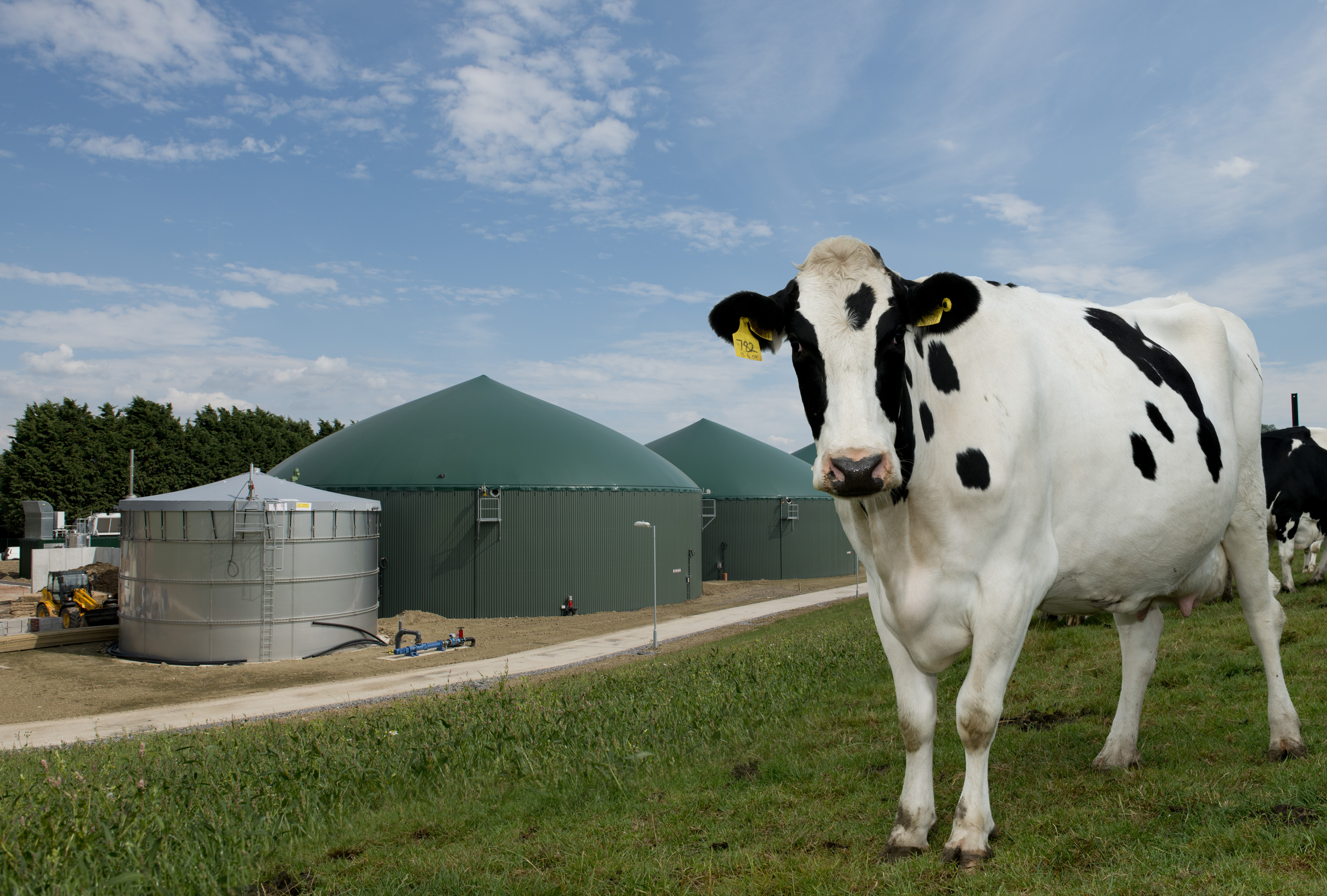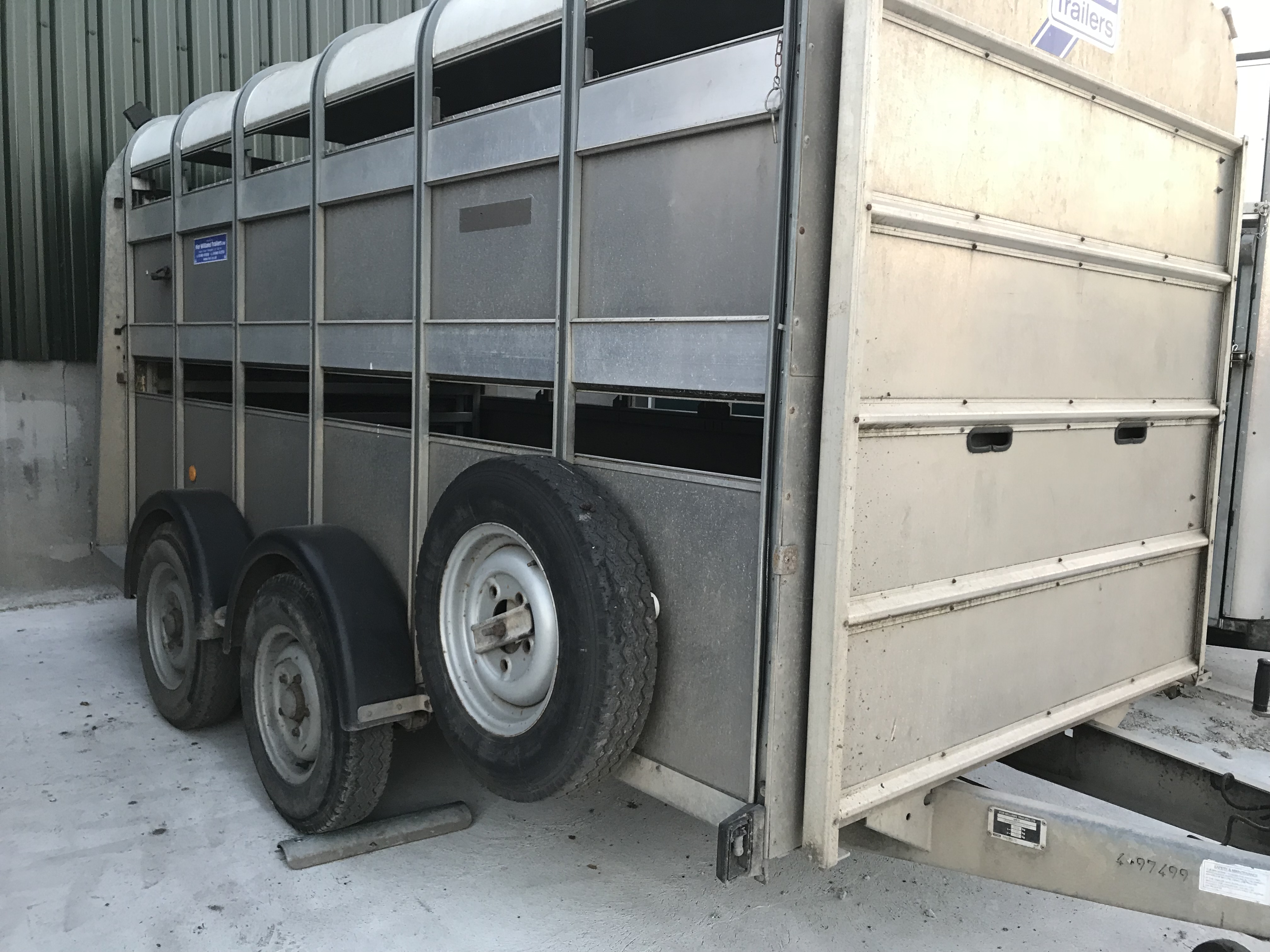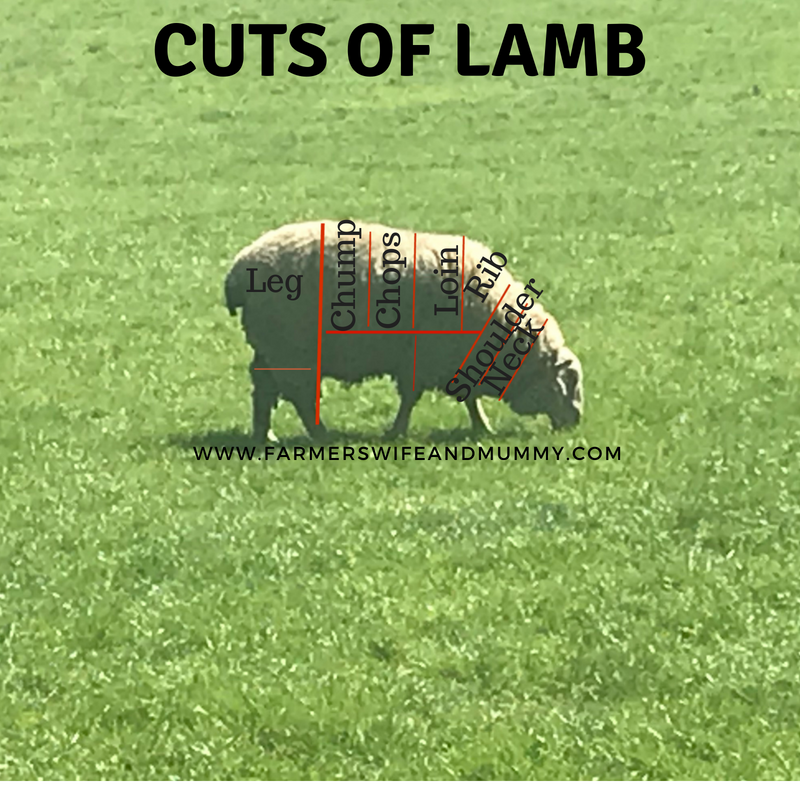Learn More About Food For the Sake of Farming
Recently we were on the motorway. I can’t even remember where we were going but we saw a transporter carrying cattle. We pointed it out to the children because, if we are behind such vehicles, we all try and guess which animal is being driven. It’s just a little game we play. I said pigs. G said cows (his favourite) and he was right.
Hubster remarked that if the wagon had a picture of a beef burger on the side of it, people may think more about the food they eat and for once, I agreed with him.
For urban children who may never have set foot in the countryside, let alone a farm, the notion that all food comes cleanly packaged with either a polystyrene tray or totally wrapped in plastic film is a real threat to the gap between farm and fork. This is without going into the mountains of waste plastic that our food industry uses each year.
For me, there seems little point in promoting consumers to buy British produce if people are still unaware of what it looks like when it comes out of the ground or how beef, for example goes from the cow to the burger.
I was speaking to a blogger recently who said she was thinking abut becoming vegan because she visited an agricultural show and the animals were being paraded around and referred to in terms of weight and cuts of meat.
As a farmer’s wife, maybe I have become accustomed to that kind of talk but I had naively thought that in talking about animals in terms of cuts of meat, it may lessen the gap between farm and table.
My grandparents generation knew every cut of beef and lamb. The generation during and just after the war had to be inventive with food and very little money, using cheaper cuts of meat cooked slowly for maximum taste.
Something happened in the following decades which not only revolutionised the way we eat but it also dramatically disconnected us with farming.
No longer were consumers going to butchers and actually learning from them, they were approaching a supermarket shelf lined with packaged meats which bore no resemblance to the animal it came from and, as a society, we have not just become accustomed to this but we shy away from the reality of farming.
Even when I was at school (aherm) 20 years ago, I was unable to take a food technology GCSE because not enough people wanted to do it.
I have looked into the curriculum for food technology and there is a section on where and how ingredients are grown, reared and caught but the suggested application for this area is to either consider seasonal ingredients or to use leftovers to avoid excessive food waste.
Not only is there no mention of visiting a farm to see how food is grown, a pupil would have to select food preparation and nutrition as a GCSE option to learn about this.
It is time food and farming was put on the curriculum for all. Over the past few decades, whole generations have totally lost connection with the food on their plates. Maybe the rise in obesity is not a coincidence at all.
Convenience food like ready meals are so disconnected from reality and there is a whole group of people who would rather buy a diet ready meal than make fresh vegetables and lean meat themselves.
I find it sad that someone can enjoy eating steak and chips or a lamb Sunday roast but either not know which part of the animal they are eating or not want to.
I think as a nation we need to reconnect with our food. If you are prepared to eat meat then I think you should find out which parts you are eating and where it comes from. This even stands for vegetables too and being aware that maybe the exotic fruit and some pulses and grains travel thousands of miles to reach our plates.
Meat eaters need to be pragmatic about their consumption. It is far better to eat a well cared for British farm animal and know where it has come from than something imported from the other side of the world.
We owe it to famers and to the animals.





